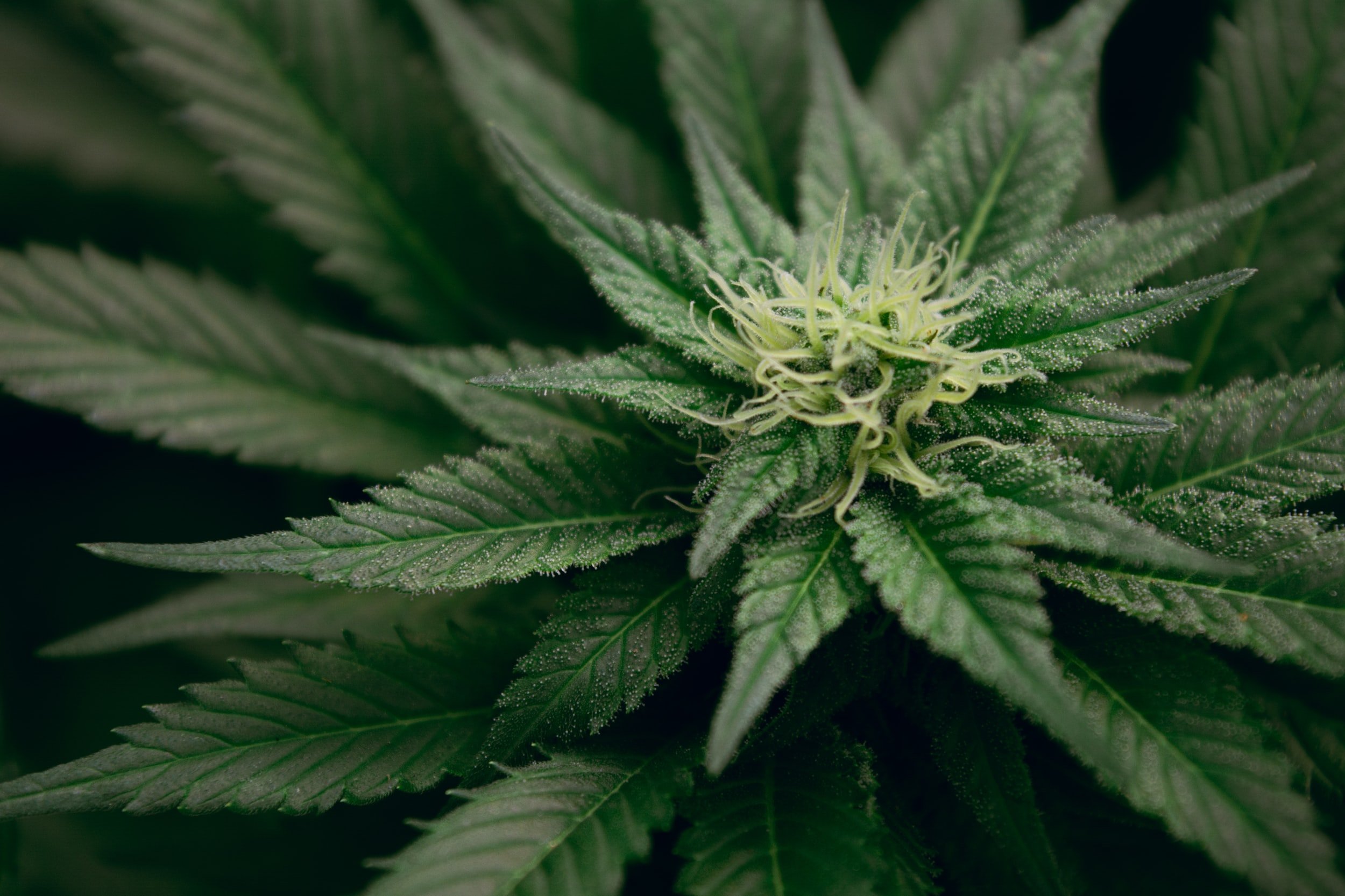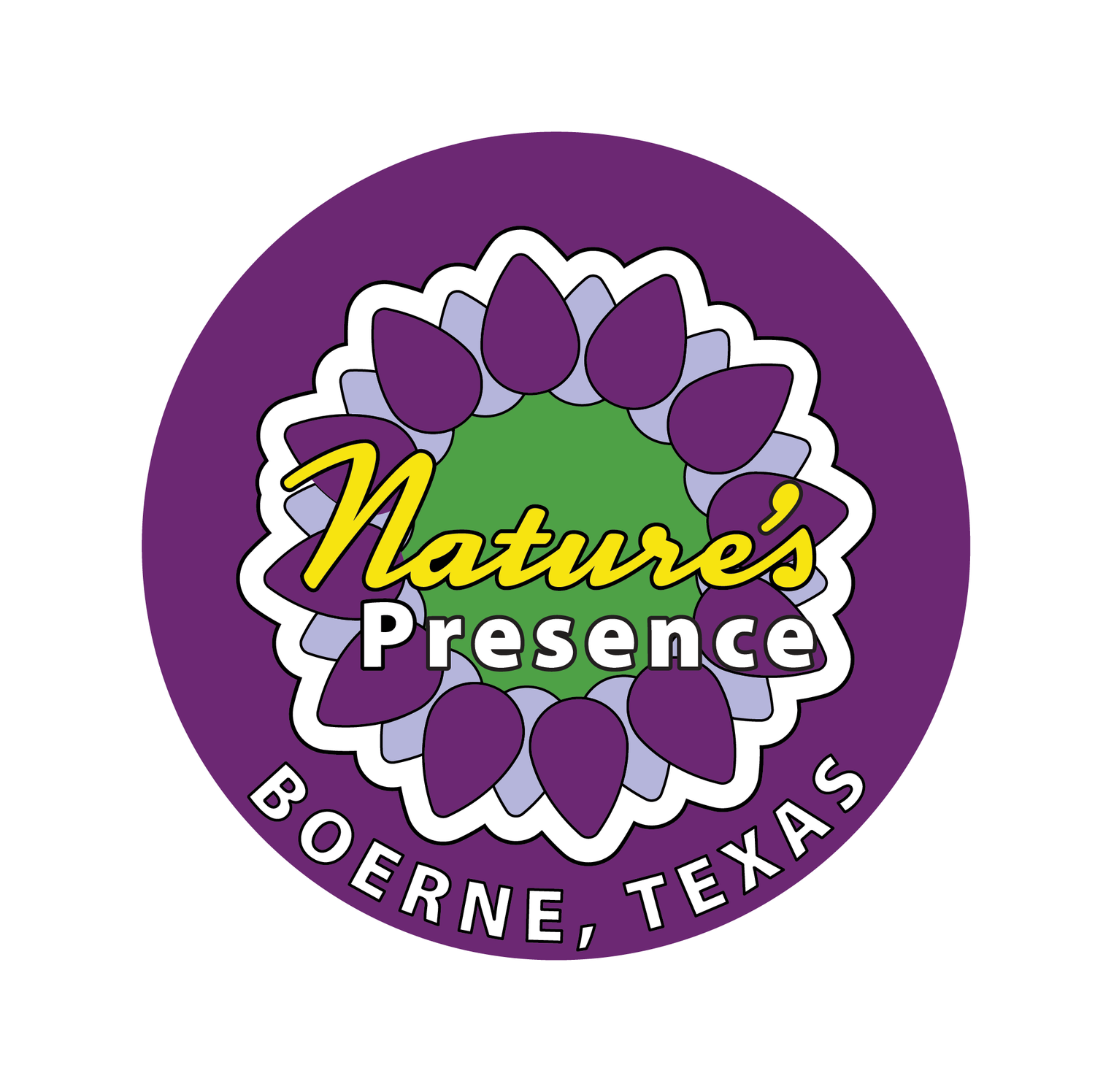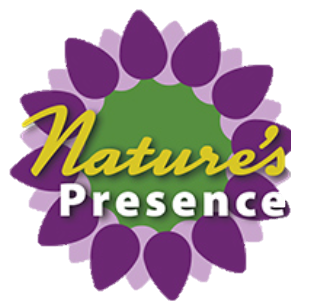
CBD
Learning Center
The CBD Breakthrough
With countless CBD products on the market today, Nature’s Presence wants to help you make informed decisions about your future CBD purchases. With so much to know and consider about CBD, we strive to provide knowledge and informational materials to help our community understand how CBD works, how it is used, and how it effects the body.
Part l
The Endocannabinoid System
What is the ECS?
The Endocannabinoid System (ECS) is responsible for maintaining homeostasis within the body. Hundreds of bodily functions and processes rely on the internal, balanced environment promoted by the ECS.
The ECS regulates: pain, mood, energy, metabolism, appetite, stress response, inflammation, muscle control, thermoregulation, sensation, fertility, eye ocular pressure, motivation & reward, perception & memory
The ECS mediates: brain, heart, liver, lung, bone, kidney, muscle, spleen, blood vessels, nervous system, digestive system, immune system, endocrine glands, fat & adiposity
Cannabinoid Receptors
The ECS is able to communicate through cannabinoid receptors found in the cells of almost all human organs. According to the CBD Awareness Project, these receptors are identified as CB1 and CB2. With the help of these receptors, the ECS can recognize what part or system of the body is imbalanced. With precise targeting, the ECS can aid disruptions in a specific area without altering other areas of the body.
These receptors are activated by cannabinoids. Our body makes our own endocannabinoids (cannabinoids produced by the body), but supplementation may be necessary if the ECS is deficient in cannabinoids.
Key Takeaway
Endocannabinoids: cannabinoids naturally produced inside the body
Phtyocannabinoids: cannabinoids naturally produced by plants

Clinical Endocannabinoid Deficiency
When the body is deficient in endocannabinoids, this is known as Clinical Endocannabinoid Deficiency (CED). The Cannabis and Cannabinoid Research Journal found that when CED occurs, an individual’s pain threshold is reduced and many functions, such as digestion, mood, and sleep, are negatively affected. Some chronic diseases are often caused once the ECS has been deficient for a long period of time, including IBS, Fibromyalgia, and bipolar disease.
When the body has difficulty creating its own endocannabinoids, this is when taking phytocannabinoids (cannabinoids from plants) can become beneficial.
Part ll
What is CBD?
Cannabidiol (CBD) is one of the many phytocannabinoids found in the Cannabis plant, which, according to The Plant List, is part of the Cannabaceae plant family.
Hemp is NOT Marijuana
Even though marijuana and hemp are from the same plant family, they are NOT the same. They are represented under different scientific names primarily because of their differing levels of phytocannabinoids. As shown by the PLOS ONE: Peer-Reviewed Articles Journal, hemp has a high CBD content and a low THC content, while marijuana has a high THC content and a low CBD content.
THC is the psychoactive phytocannabinoid in the Cannabis plant that causes a “high.” Other botanicals produce CBD, such as cloves, black pepper, and orange peel. Because hemp has a high concentration of CBD, hemp is its most popular source.

Why Should I Use Hemp CBD?
Hemp CBD, like endocannabinoids, can activate the CB1 and CB2 receptors in the ECS. As studied and reviewed by Surgical Neurology International Journal, activating the ECS with CBD has been shown to help with epilepsy, PTSD, inflammation, chronic pain, immunity, insomnia, stress & anxiety, depression, and more.
Part lll
What CBD Product Should I Use?
There are countless CBD products on the market, so it might seem like a difficult task to find the one that works best for you. Sublingual oils, soft gels, and topical balms are some of the most common CBD delivery methods, including gummies, patches, lozenges, and vapes. Different delivery methods are used for different reasons and are absorbed by the body differently. Choosing a delivery method is also a personal preference, as well as finding the most effective approach for your needs.
-
Fast acting and quickly absorbed by the sublingual gland under the tongue into the bloodstream.
-
Fastest delivery method that is absorbed through the lungs and capillaries into the bloodstream.
-
Convenient, fun, and suitable for younger consumers.
Edibles include candies, gummies, and lozenges.
-
Targeted relief for muscle aches and cramps, arthritis, and other conditions.
Most topicals are paired with carrier oils to increase skin absorption.

CBD Extraction Methods
-
A harsh chemical used to extract edible oils from plants
Leaves behind dangerous residue
Inexpensive extraction method
Potential use of propane
-
Ethanol is approved by the FDA & stated as safe for consumption
Ethanol is boiled away after extraction
Leaves behind little residue
-
Uses fatty oils like coconut, olive, and hemp
Possibly adds to increased absorption due to CBD being fat-soluble
-
Safest, purest extraction method
Preserves other compounds within the plant
No contaminants left behind
Environmentally friendly
CBD Extracts: The Difference
-

CBD Isolate
CBD Isolates are pure concentrations of CBD that contain no other phytocannabinoids from hemp. Most, if not all natural oils, terpenes, flavonoids, and waxes are stripped during the extraction process. Compared to Broad and Full Spectrum extracts, CBD Isolates are usually highly processed.
-

Broad Spectrum
Broad Spectrum extracts contain all the phytocannabinoids in hemp, except THC. The natural oils, terpenes, flavonoids, and waxes are present. This extract is less processed than CBD Isolates, but more processed than Full Spectrum extracts.
-

Full Spectrum
Full Spectrum extracts are known as whole-plant extracts because of its complete profile of all the phytocannabinoids in hemp, including .3%< THC. The natural oils, terpenes, flavonoids, and waxes are present. This extract is usually minimally processed compared to Isolates and Broad Spectrum.
The Entourage Effect
The “Entourage Effect” is described as when all plant components and chemical compounds are present in an extract.
CBD Isolate: Little to none
Broad Spectrum: Incomplete
Full Spectrum: Complete
As examined by Frontiers in Molecular Neuroscience, THC has been found to be a major component of the “Entourage Effect.” In Full Spectrum, the traces of THC attach to the same ECS receptors in the brain and promote similar effects as anandamide, the endocannabinoid responsible for supporting mood & feelings of delight and joy.
It was also proven that CBD enhances the medicinal properties of THC without creating psychoactive effects, such as reducing inflammation and acting as a natural antidepressant.
Don’t forget about the other 100+ phytocannabinoids in hemp! The presence of all the phytocannabinoids synergize and work together to help the body reap the most benefits. It’s in their nature!
FAQ
-
How Much CBD Should I Take?
According to CBD Awareness Project, your personalized dose depends on your body weight, current medications, and sensitivities. Ultimately, you want to find the lowest amount of CBD that offers relieving results.
-
Can You Take Too Much CBD? Side Effects?
CBD Awareness Project indicates that side effects are rare or minimal if they occur. It is possible that consumers experience fatigue, dry mouth, nausea, diarrhea, and/or low blood pressure.
-
Can CBD Make Me "High?"
As stated by Rob Kight, a cannabis business law attorney, in order for CBD to be legal, it must contain .3% or less of THC, the psychoactive phtyocannabinoid. It is nearly impossible for consumers to get high off of Full Spectrum CBD. Experiencing any mental or physical impairment from the trace amounts of THC is extremely rare. In fact, the Frontiers in Psychiatry found that CBD counteracts the effects of THC.
-
Is Hemp The Same as Marijuana?
According to The Plant List, hemp and marijuana are not the same plant, but they originate from the same plant family (Cannabaceae). Hemp and marijuana have the same phytocannabinoids, but they have very contrasting levels of CBD and THC. Naturally, hemp has a high CBD content and a low THC content, while marijuana has a high THC content and a low CBD content.
-
Will Taking CBD Show On a Drug Test?
According to the Substance Abuse and Mental Health Services Administration (SAMHSA), current drug tests commonly screen for cocaine, marijuana, opiates, and amphetamines, and are not sensitive to CBD. Despite the trace amounts of THC in Full Spectrum extracts, this is rarely enough to generate a positive on a drug test. However, every body is different and could possibly generate a positive drug test. If drug testing is a concern, Broad Spectrum or Isolates may be more suitable for you. There are also non-hemp CBD products available, where the CBD is extracted from orange peel, black pepper, cloves, and other CBD-producing botanicals.
-
Is CBD Safe For Kids?
Hemp CBD has been considered safe for young adults and kids to use, even Full Spectrum extracts that contain .3%< THC. Because CBD counteracts the effects of THC, it does not create any psychoactive effects. However, if school drug testing is a concern, maybe consider using CBD Isolates or Broad Spectrum extracts. There are also non-hemp derived CBD products that contain high-quality CBD produced from other botanicals, such as orange peel, black pepper, and cloves.

Trusted References
Credible Research so You Don’t Have To
This report contains information from peer-reviewed journals, government agency reports, and CBD manufacturers.
-
Cannabaceae. The Plant List: A Working List of All Plant Species. http://www.theplantlist.org/browse/A/Cannabaceae/
CBD and Bioavailability. CBD Awareness Project, 2019. https://www.cbdoil.org/cbd-bioavailability/
CBD Dosage Guide. CBD Awareness Project, 2019. https://www.cbdoil.org/cbd-dosage-guide/
-
Discover Your Endocannabinoid System. Emerald Health. https://emeraldhealthbio.com/pages/endocannabinoid-system
Does CBD Show Up On a Drug Test? Plant People, 2019. https://plantpeople.co/cbd-drug-test/
Drug Testing. Substance Abuse and Mental Health Services Administration, 2015. https://www.samhsa.gov/workplace/resources/drug-testing
Full Spectrum vs Broad Spectrum vs Isolate. CBD Livity, 2019. https://cbdlivity.com/2019/07/18/full-spectrum-vs-broad-spectrum-vs-isolate/
Full Spectrum vs Broad Spectrum vs CBD Isolate: Difference Explained. Royal CBD, 2020. https://royalcbd.com/cbd-isolate-vs-full-spectrum-broad-spectrum/
-
Guide to CBD Extraction Methods: The Best Way To Extract CBD. Best CBD Oils. https://www.bestcbdoils.org/cbd-extraction-methods/
Jones, I. Full Spectrum Cannabis Extracts vs CBD Isolate. Fundación CANNA. https://www.fundacion-canna.es/en/full-spectrum-cannabis-extracts-vs-cbd-isolate
Kight, R. What is “Total THC” and Does It Matter? Kight on Cannabis, 2019. https://cannabusiness.law/what-is-total-thc-and-does-it-matter/
Maccarrone, M. Metabolism of the Endocannabinoid Anandamide: Open Questions after 25 Years. Frontiers in Molecular Neuroscience, 2017. https://www.frontiersin.org/articles/10.3389/fnmol.2017.00166/full
Maroon, J., Bost, J. Review of the neurological benefits of phytocannabinoids. Surgical Neurology International Journal, 2018. https://www.ncbi.nlm.nih.gov/pmc/articles/PMC5938896/
Morphew, B. The Entourage Effect: Why Whole-Plant Cannabis Works Best. Temescal Wellness, 2020. https://ma.temescalwellness.com/blog/the-entourage-effect-why-whole-plant-cannabis-works-best/
-
Niesink, R. Does Cannabidiol Protect Against Adverse Psychological Effects of THC? Frontiers of Psychiatry, 2013. https://www.ncbi.nlm.nih.gov/pmc/articles/PMC3797438/
Russo, E. Clinical Endocannabinoid Deficiency Reconsidered: Current Research Supports the Theory in Migraine, Fibromyalgia, Irritable Bowel, and Other Treatment-Resistant Syndromes. The Cannabis and Cannabinoid Research Journal, 2016. https://www.ncbi.nlm.nih.gov/pmc/articles/PMC5576607/
Sawler, J., et al. The Genetic Structure of Hemp and Marijuana. PLOS ONE: Peer-Reviewed Articles Journal, 2015. https://journals.plos.org/plosone/article?id=10.1371/journal.pone.0133292
Side Effects of CBD. CBD Awareness Project, 2019. https://www.cbdoil.org/cbd-side-effects/
Systems of the Body. Emerald Health. Image. https://emeraldhealthbio.com/pages/endocannabinoid-system
What is the Endocannabinoid System? CBD Awareness Project, 2019. https://www.cbdoil.org/endocannabinoid-system/




